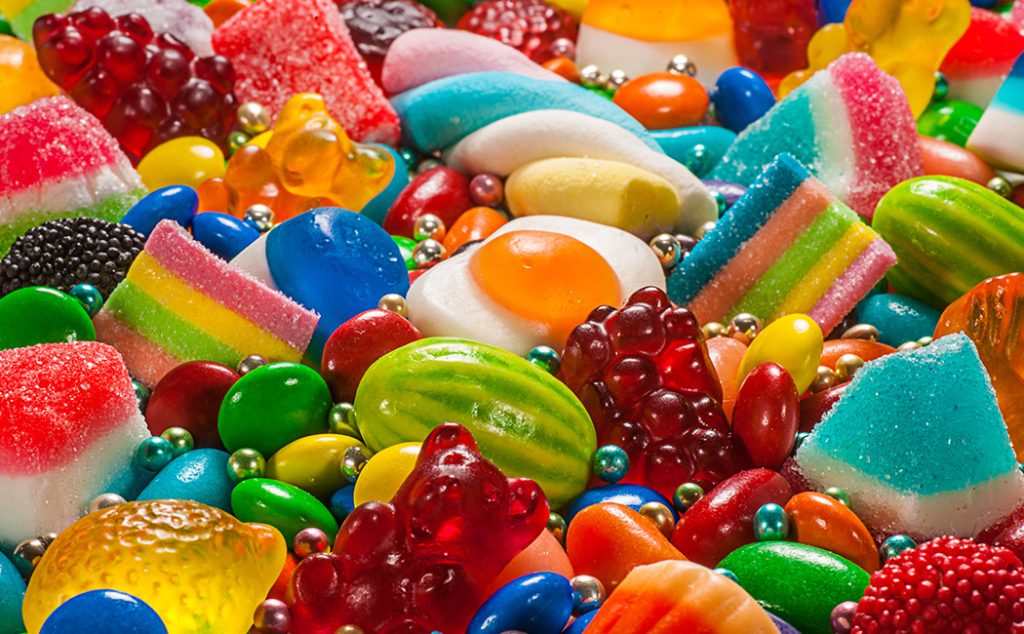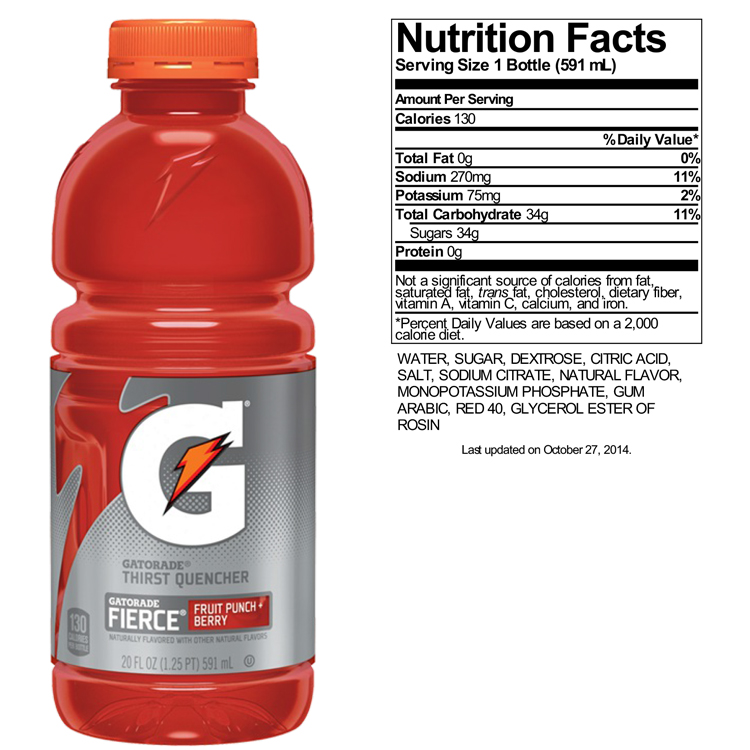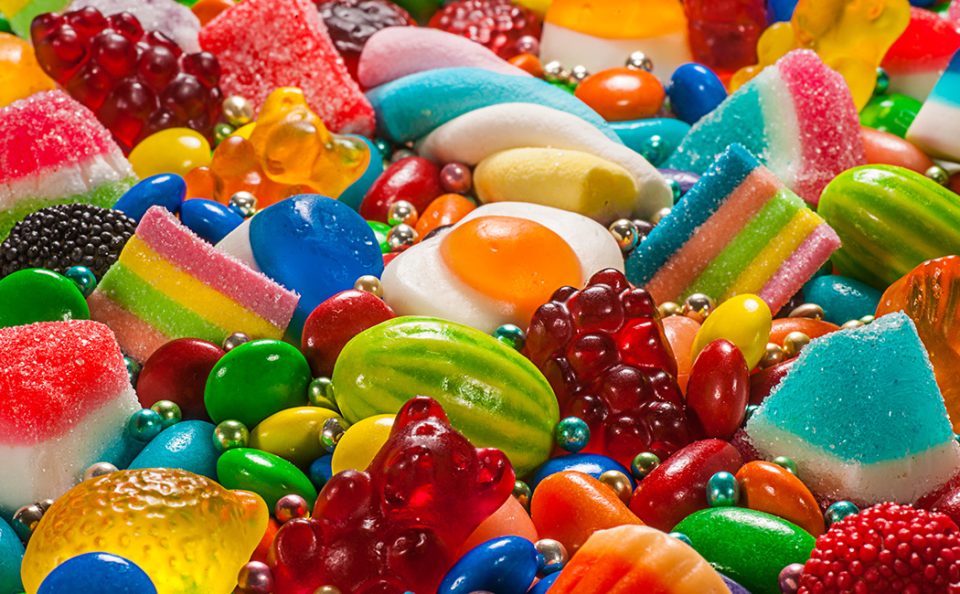
Food is a precious commodity; we have moved so far away from what I would call natural food. Everything that’s sold in a supermarket is heavily processed with additives to make it taste and smell better.
Preservatives are used to give food a longer shelf life, and even before this food is sprayed with an array of chemicals from fertilisers and pesticides, or if they are meat and fish the animals are given multiple veterinary pharmaceuticals, before they’re even packed and shipped to the supermarket shelves.
We will be eating literally hundreds of different toxic health changing chemicals everyday of our lives.
Is there any wonder why there are so many illnesses?
In this blog we’ll be asking.
What is a food additive?
Highlight some products and ingredients
Are there health implications?

I can remember back to when I was young in the 70s. My mum baked cakes and buns at mine and my brother’s birthday’s.
These buns were topped with icing, in that icing she added food colourings, blue, red, and yellow. She also added fruit flavouring. Strawberry, vanilla, and orange. Along with tons of processed sugar and other food additives.
They tasted nice so who cared?
This still happens today, we also buy readymade cake mixes, or confectionary from the shops, savouries from Greggs, and plastic food from McStatins and other fast-food delights.
Remember in the 90s when Sunny Delight was all the rage, until they realised that some of the ingredients made kids hyperactive and they would be breakdancing all night.
We laugh and joke about this, I know I did, these additives are coming back to haunt us now.
But who looks at the ingredients, and if you do who investigates the health implications of these ingredients?
In fact, who looks at the ingredients of anything full stop?
Everyday things like, medicines, paints, cleaning products, or air fresheners, the answer is not many.
In previous blogs, I think I have shown beyond doubt some of these additives are harmful, and sadly this blog is no different.
It’s a kind of accepted self harm.
Beetle Juice – Cochineal (Dactylopius coccus)
Crushed beetles are used to make a particular type of blood red food colouring. The Cochineal is one such insect, it produces the natural dye carmine.
The bug is a native of subtropical and tropical areas, parasitically living on cactus plants.
The main products produced are anthraquinone carminic acid and its aluminium complex carmine. These colourants are permitted as food ingredients; however, they have come under a lot of scrutiny due to the high aluminium content, and its microbiological content (the product may contain, bacteria, parasites, or viruses).
There is evidence that Carmine can cause severe allergic reactions because this has caused several public scandals.
So, if you don’t want to eat any of the above, here are a few products you should watch out for, these other names cochineal extract, crimson lake or carmine lake, natural red 4, C.I. 75470, or E120.

Example Products that contain Carmine
Carmine is used in many products, from pharmaceuticals, Cosmetics, Fashion, and the Food Industry. RED 40 is added to foods like yoghurts, ice creams, fruit pies, soft drinks, cakes, and doughnuts, here’s a few brands.
- Hartley’s Jelly Range, Carmine is in Strawberry & Raspberry jellies.
- Ski Yogurts put e120 into strawberry and Raspberry mousses
- Gatorade, examples, Red Orange, Fruit Punch
- Mr Kipling Cakes, examples, Cherry Bakewell’s and Angel slices
Adverse Reactions of Carmine (RED 40)
- Urticaria (Hives)
- Asthma
- Rhinitis
- Diarrhoea
- Dermatological Issues
- Anaphylaxis
(13)
Castoreum from Beavers
A chemical compound called ‘Castoreum’ is used in Vanilla and Strawberry flavourings and scents. Castoreum comes from the anal glands of Beavers and is produced by their castor sac which is found between the pelvis and tail.
Beavers use this brown sticky goo to mark their territories, because of its close proximity to the anus castoreum is a combination of urine, castor gland secretions and anal gland secretions.
Instead of this brown sticky goo smelling vile castoreum it apparently has a musky vanilla scent, which is why it is used in foods.
Beavers are not killed to produce castoreum, instead the anal glands are milked for this liquid goo after being anesthetised. (14)
You will not see castoreum on the packet ingredients, instead legally manufacturers can legally call them natural flavours.
Here’s what that means according to the CIAA/EU
Article 3 (2) (c) – ‘Natural flavouring substance’ shall mean: a flavouring substance obtained by appropriate physical, enzymatic or microbiological processes from material of vegetable, animal or microbiological origin either in the raw state or after processing for human consumption by one or more of the traditional food preparation process listed in Annex II. Natural flavouring substances that are naturally present have been identified in nature. (15)
Foods that contain Castoreum anything that contains vanilla and strawberry flavourings like, ice creams, sweets, crisps, soft drinks, sweet bakery products.

Pink Slime Ammonium Hydroxide
Ammonium hydroxide is one of the most used food processing preservatives in the world and found in a variety of food products.
Ammonia is used to wash the food in to ward off bacteria and pathogens that may cause food poisoning. The government health advice as always is that small amounts won’t harm us.
Ammonium hydroxide (NH4OH) is a solution of ammonia in water. Commonly called ammonia or ammonia water, the chemical is used as a cleanser and in manufacturing plastics, rubber, fertilizer, and textiles.
What food is Ammonium hydroxide found in?
- This product is found in nearly every food we eat especially heavily processed foods.
- Foods with meats in them it used as an antimicrobial
- Confectionary, chocolates, and baked goods
- Take away foods
- Cheeses
- Ready Meals
So, is it harmful? Here’s some research, to help you make your minds up.
Toxicity Profile for Ammonium hydroxide (1995)
‘Repeated oral administration of dilute solutions apparently produced an increase in the size of a number of hormonally sensitive organs in rabbits and effects on the stomach of rats.
In limited studies, there was no evidence of any reproductive or carcinogenic effects in rats treated dermally or of carcinogenicity in mice treated orally.
Administration of ammonium hydroxide in the drinking water of rats did increase the incidence of stomach cancer induced by oral exposure to a standard carcinogen’
Below is a video about ‘PINK SLIME’
These are just 3 food additives that we will come across every day in our diets. Government advice is as always weak.
They say our bodies will handle small amounts of toxic chemicals, but the truth tells a different story.
There are literally 1000s of different harmful food additives, so a little bit of each is a big amount, especially if our MTHFR gene has mutated, because we cannot detox these industrial chemicals out of our systems.
These toxins then build up over the years and are stored in places we were not designed to store them. In our brain, heart, lungs, and liver.
Are you seeing the full picture we are being poisoned on a scale that is so huge to most it is unfathomable?
Baaa


